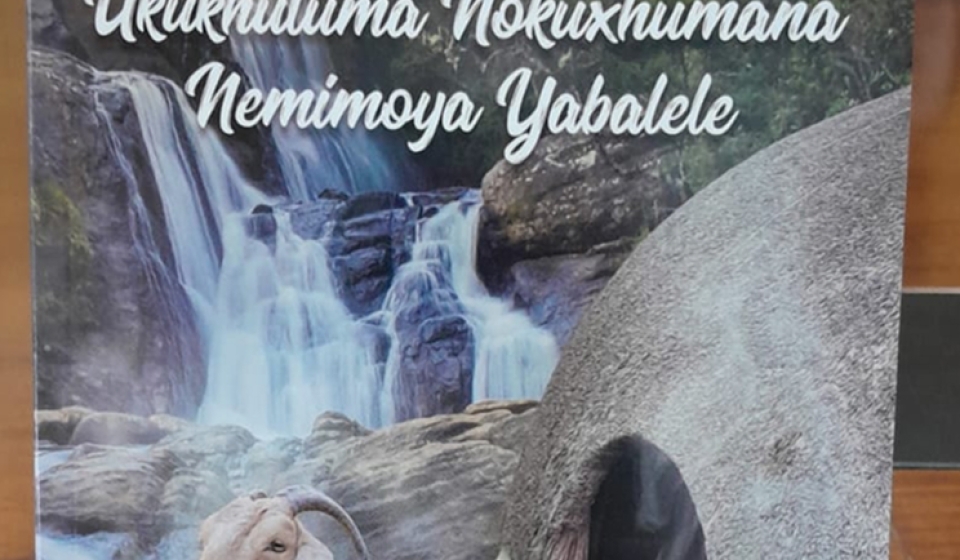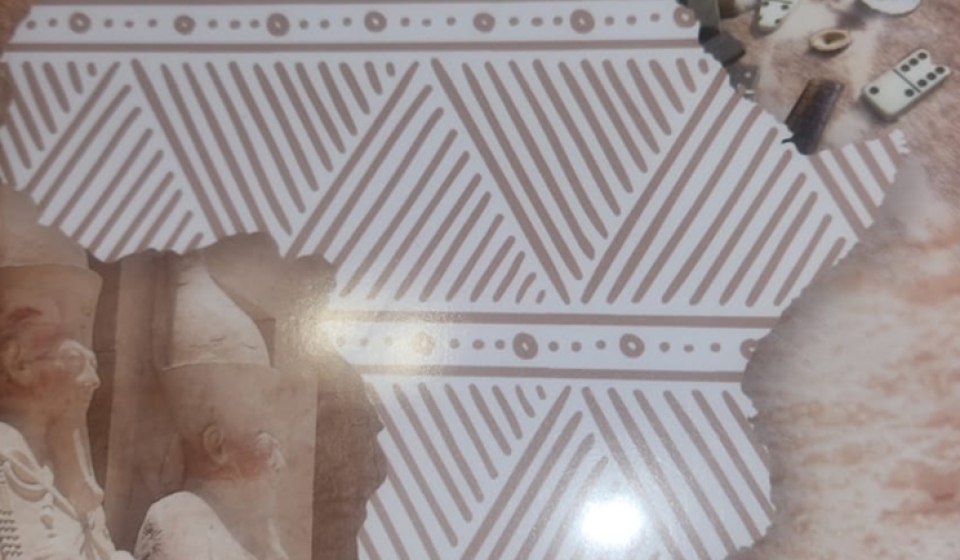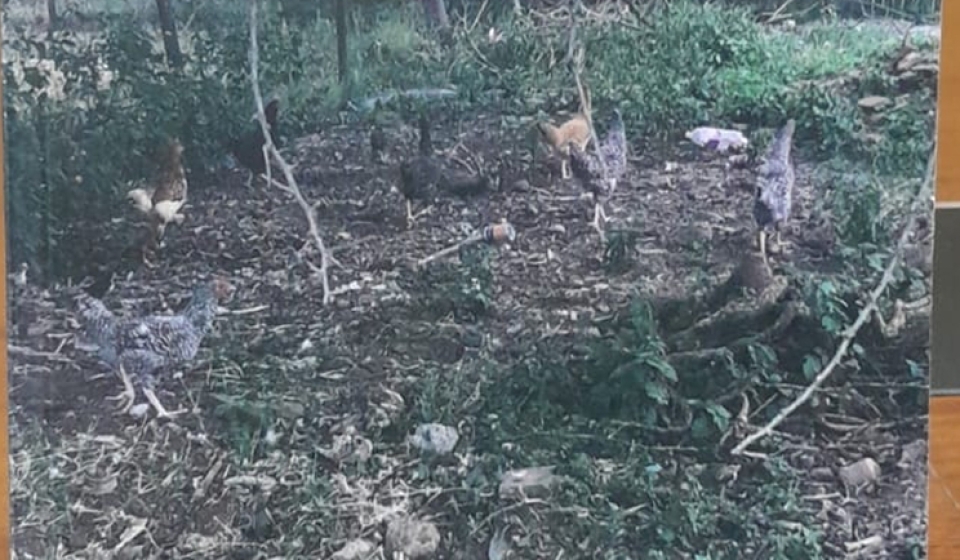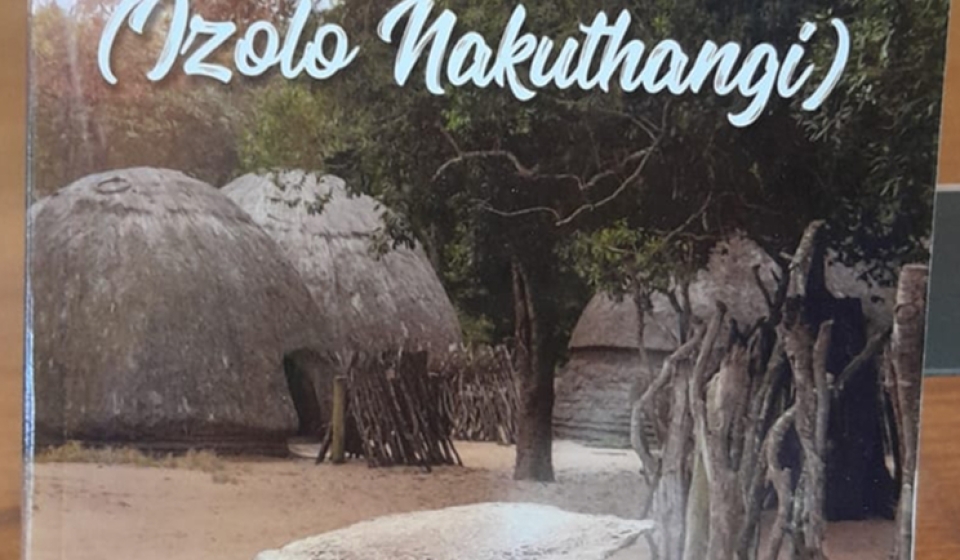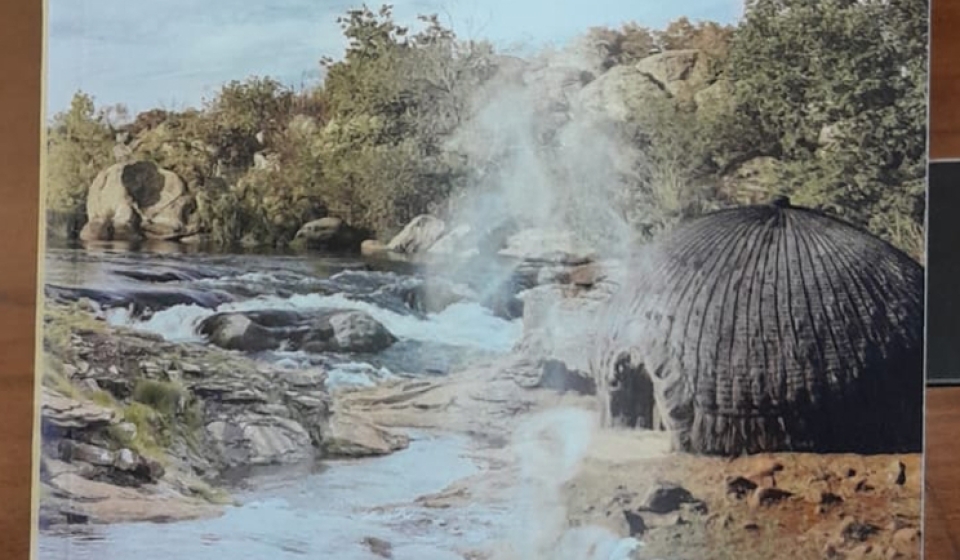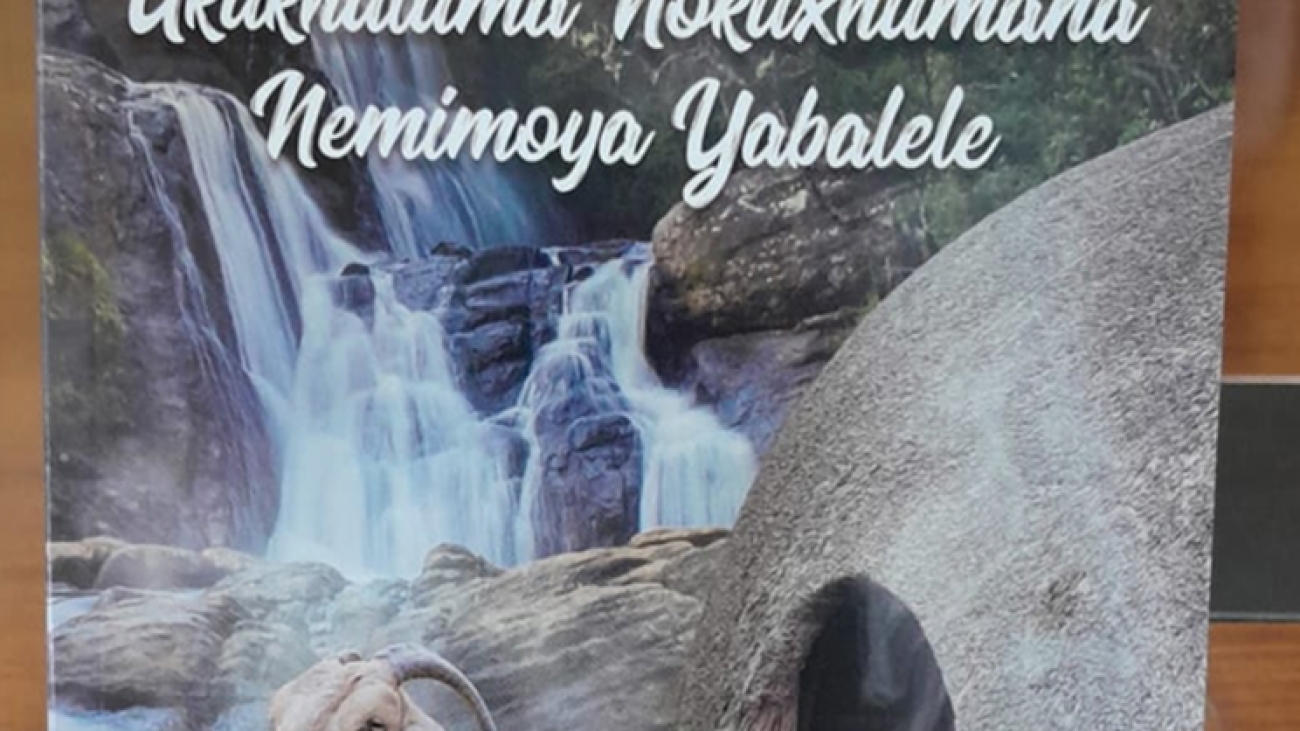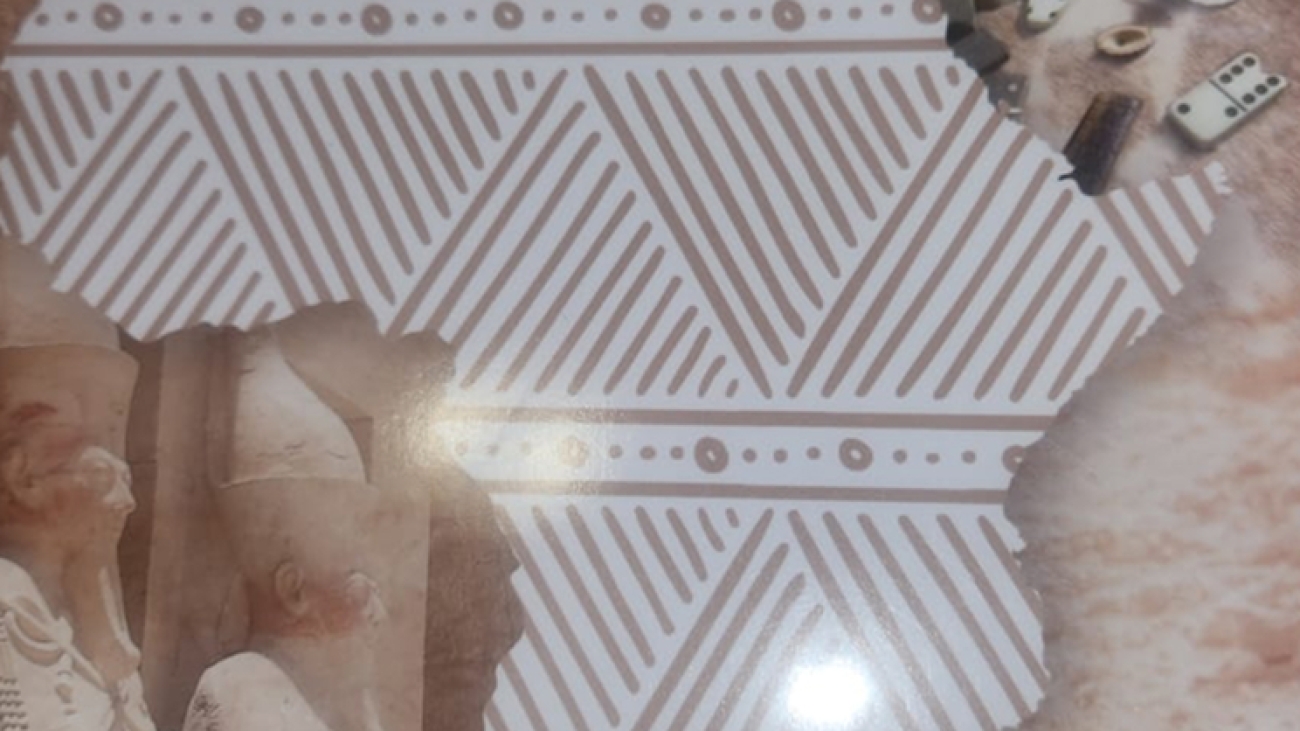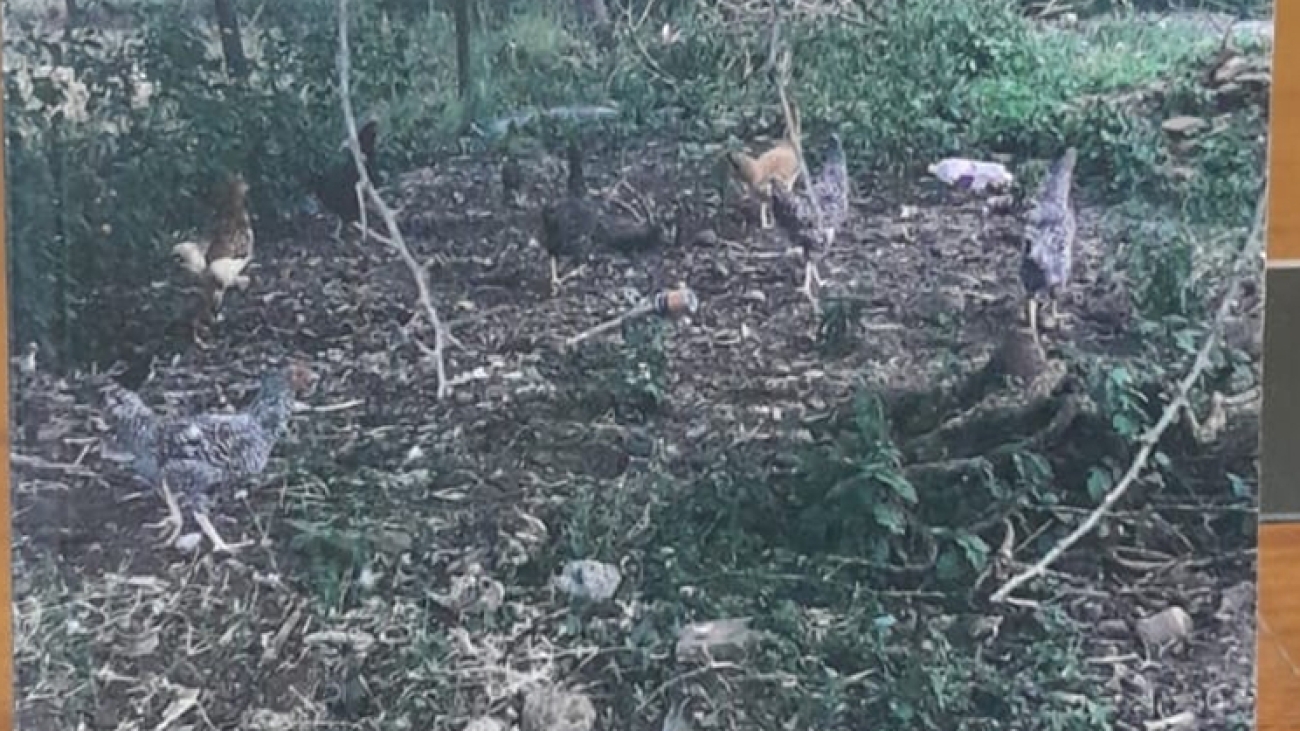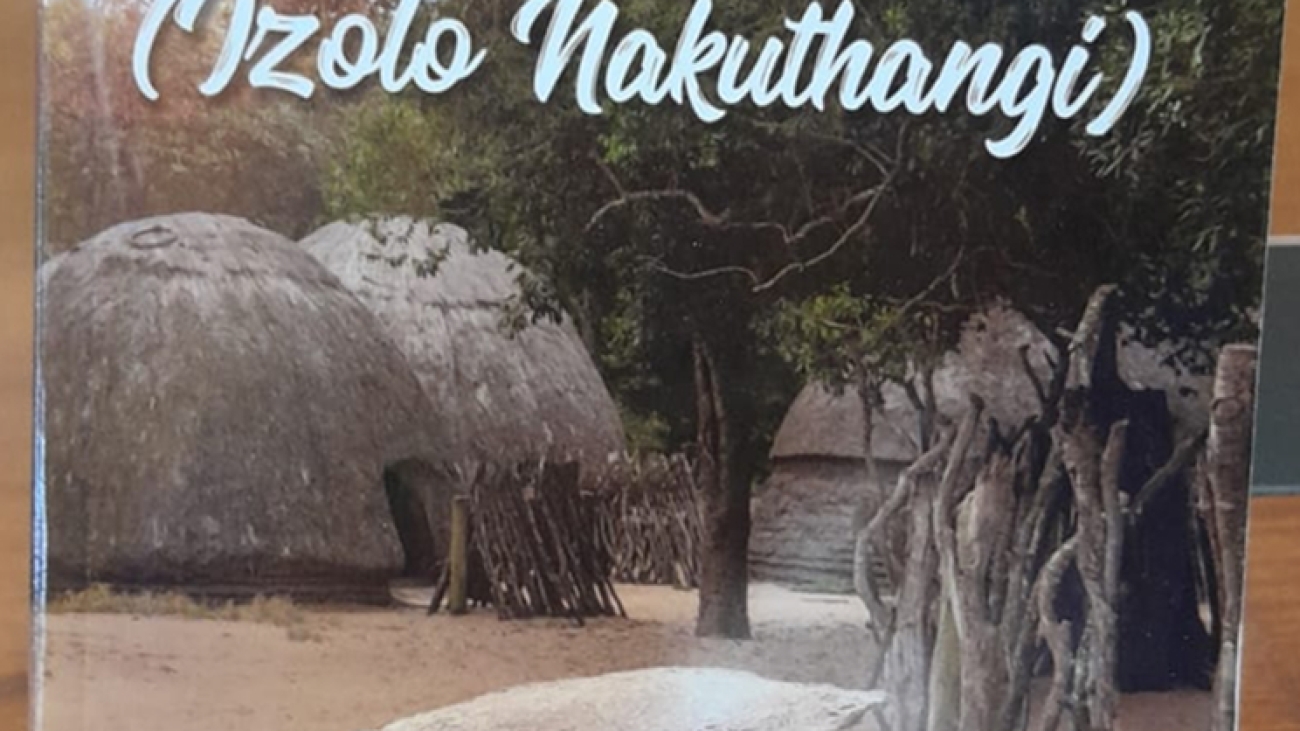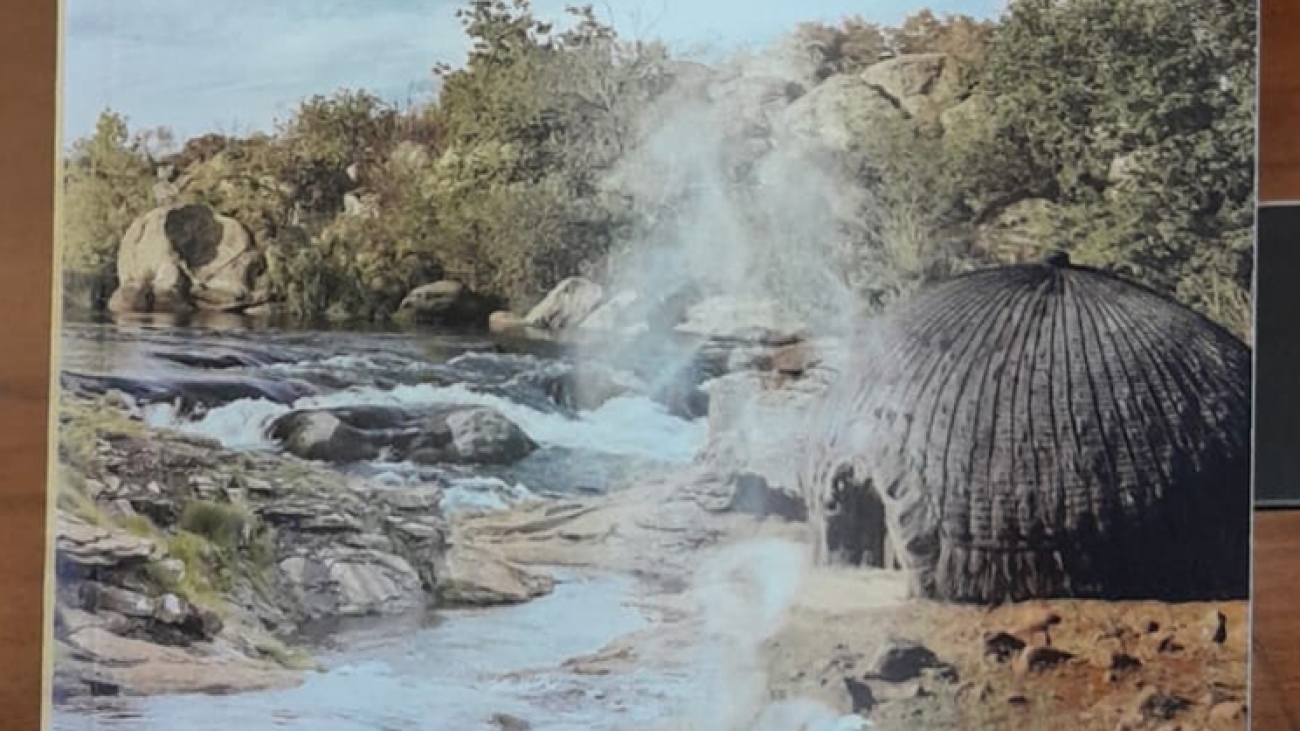English summery of Umsamo noDengezi (The Altar (sacred space) and the censer/thurible): Ukukhuluma Nokuxhumana NemiMoya Yabalele (Talking and Communicating with the Spirits of the Dead)
Umsamo: Ubizo nokwelapha kwendabuko
This book explores the broader scope of African Indigenous Healing practices, tracing their origins and evolution into the forms of healing that exist today.
UMSAMO – NEZIBI ZEZALA –English summary of the book
The book Umsamo (Nezibi Zezala) explores the deep spiritual and cultural significance of traditional Zulu practices, emphasizing the importance of ancestral veneration and the preservation of indigenous customs.
An English summary of the book Umsamo: Kuthangi Nayizolo
Umsamo (Kuthangi Nayizolo) is a profound exploration of African spirituality, particularly focusing on the concept of umsamo—a sacred space within the home where families connect with their ancestors.
An English summary of the book Umsamo; Ingono NeNkaba
Umsamo: Ingono neNkaba by Bhedlindaba is a reflective and thought-provoking work that explores themes of identity, ancestry, and spiritual connection in the context of African indigenous knowledge and belief systems using the concepts of the navel and the nipple.
UMSAMO: Umelaphi Wendabuko Nokwelapha
This book is written in IsiZulu to properly capture the essence of the Indigenous Knowledge System that is tied to African Indigenous Healing and its cognate facets.
Forthcoming Book – Umsamo NoDengezi
About This Forthcoming Book
Hey, have you ever thought that you are Mind, Body and Spirit? Spirit is the energizing force that identifies and sustain your personal existence, in each time and in between. Within that endless scope, spirit gives identity and meaning to your evolving being uniquely different from that of all other. “Spirit” is the person formerly living in a body and now living in an on-physical body or “vehicle” in “the Next World” also called the Spirit World. In one way or another we have to be in constant communication with these Spirits.
The Question is How and When?
This book: Umsamo NoDengezi (Ukukhuluma Nokuxhumana Nemimoya Yabalele) is all about answering these Questions. Start ordering yours now at your nearest Bookshop.
Launching Date: 21 March 2017.
ICC: Durban (KZN)
Contextual Family Healing (Therapy)
Umsamo’s Centre for Family Contextual Healing / Therapy : Explained
Introduction
We live in an age of anxiety, fear of violence and questioning of fundamental values. Confidence in traditional values is being questioned and challenged. We all go to healers of various kinds because of problems we are experiencing in our daily lives not knowing that all what we are we inherited from our families which is immediate and extended families as far as our ancestors of generation to generation from both the maternal and paternal side. Therefore, you are the “mate-paternal” product.
Contextual Healing
The fundamental design for contextual interventions is based on two convictions: (i) That the consequences of one’s person decisions and actions can affect the lives of the people who are significantly related to him and (ii) that satisfactory relating for one person is inseparable from the responsible consideration of consequences for all of the people to whom he or she is in significant relationship. The term “context” means consequences that flows from person to person, from generation to generation, and from one system to its successive system. It is the dynamic and ethical interconnectedness (Umsamo/Inkaba)- past, present and future that exists among people whose very being has significance for each other.
The consequential nature of relationships is ontological, based on the very fact of being. Family relationships are empowered by the fact that the members are connected through Inkaba/umsamo to each other by birth. This context and relationships starts from the relationship between the mother and the fetus.
The term “context” offers inescapability of intergenerational consequences of relationships.
Contextual healing aims at interventions based on the understanding of the fundamental connections between formative and all later relationships.
The contextual healing/therapy is concerned with the inner structure of close trustworthy relationship, what Burber calls genuine dialogue.
The Role of Responsibility
It is easy to overlook the fact that children are obliged to pay the price of adult freedom from responsibility. It is children who will inherit the cost of poor parenting, indifferent education, hypocritical values, vindictive intergroup traditions, alienation and a lack of trustworthiness and stability in failing nuclear families and their alternatives. Children are captive legatees of past and present behavior.
Realities of Contextual Healing
The questions we ask are:
(i) Where do I come from?
(ii) Who am I?
(iii) And Where am I going?
We must understand that there will always be the consequences of the past for the present and the future.
Dialogue between the Person and the Human Context
Each generation gives to the next one. Here offspring remain accountable to life or destiny as a whole for benefits received from parental and ancestral generations. Each generation gives to the next one. Therefore, adequate or responsible parenting is the chief dynamic principle in the intergenerational order of being. It is the cornerstone of survival and the matrix out of which inter-human justice grows and flows.
The dreams and Visions
Dreams and Visions are means and channels of communication between us the Living and the Living Dead. They are the bridge between the two worlds of the Living and the Living Dead. It is therefore critical and important that if you heal someone you must open for the dreams and visions to occur, that means Idlozi/ithongo have an access to the person and through those dreams explains its problems and how healing should go about. Therefore, healing is not about healing the body of a person in front of you but its about healing the Mind, Spirit and the Body, that is ‘holistism’ but body as an ontological phenomenon of accessibility to the two-metaphysical phenomenon’s which is the spirit and the mind.
The School of EMlambomunye
Isigodlo SaseMlambomunye (The School of EMlambomunye)
IsiGodlo SaseMlambomunye, (School of uMlambomunye) is under Umsamo Institute and South African Healers Association. This School (Isigodlo) is mainly for African Healing, Counseling and advice on African and Traditional Wisdom and Values.
We are a school (isigodlo) that works through Dreams and Visions ( Amaphupho nemibono). All what we do we open up for your Ithongo/Idlozi (Ancestors) to communicate with you once you have been with us and have done what was required during the Ukuhlola process.
For all the services we offer go to www.umsamo.org.za and visit Services.
Locations of our Isigodlo (School)
We are just 19 km outside Pietermaritzburg towards Greytown. Whether from Durban or Johannesburg when you approach Pietermaritzburg City take the road that will leads you to Greytown Road. You will drive on that road until you see Wartburg/Tongaat Road sign and pass that, the next road sign will be Albert Falls Dam and D73. Take D73 which is a gravel road and you will be driving facing the East. Drive until you see Valley Farm on your left just opposite will be Umlambomunye, with Thatched huts.
Working Days and Times
Weekdays: Tuesday-Thursday-Friday 08h00 till 17h00
Weekends: Saturdays: 08h00-17h00
Sundays: 08h00-15h00.
Gate closes as from 11am Tuesday-Sunday.
Holidays: Like Sunday.
Fees:
The consultation (Ukuhlola) fee is R200. All other fees come up once consultation process (Ukuhlola), been done, the core of the problem has been determined and what sort of healing is needed.
Always call and arrange Tel 087 110 0555 between 08h00 – 17h00. (no calls will accepted after 17h00)
We do not accept any Electronic communication i.e. Cellular, Emails etc unless you have been with us we can communicate with emails only.

